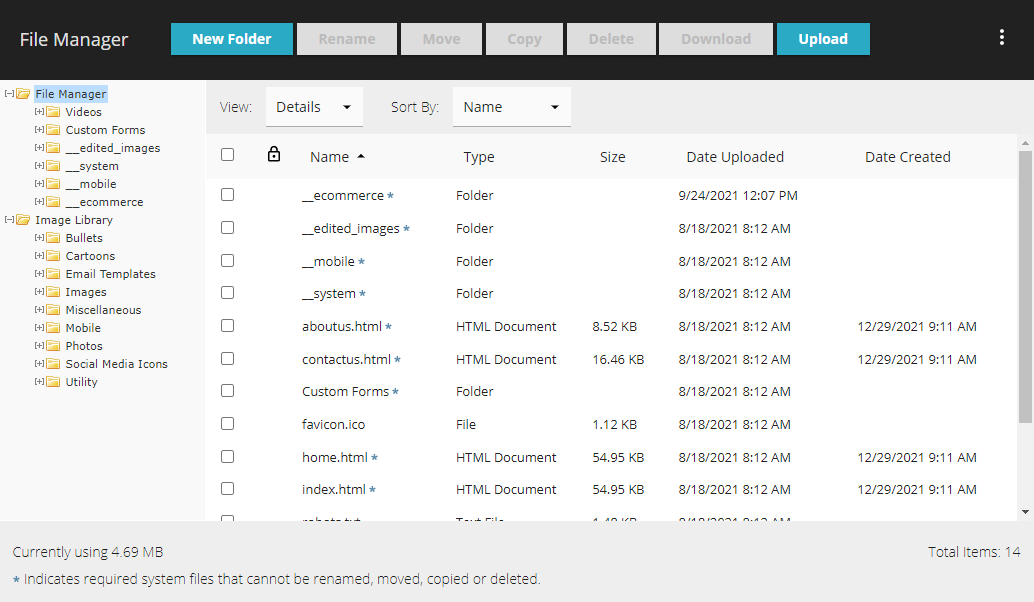

Next thing you know, they log in to a blank screen.įor me, I have Xfce, i3wm and dwm on my home pc (for some time had bspwm too), and nothing has ever gone wrong for me. Many users mess up their configs when they run install scripts, and it replaces half their config, breaking stuff. Don’t clone a git repo and blindly run its “install script” without knowing what all files it’ll replace. Of course, this is only one example, and you may not be using polybar either. if you want separate configs for both, make different files and use the right path with -c flag while invoking polybar in respective wm configs.use same polybar config (and invocation command) for both (i.e.To clarify this to OP, having multiple DE isn’t recommended, but multiple WMs don’t pose any issue if you can sort out their configs in such a way that they don’t conflict.įor example, if you’re installing both i3 and bspwm and want to use polybar on them, make sure you either On Fedora/CentOS and other RHEL-based systems: sudo dnf install xmonad 2.The best practice is not to do it. To install xmonad on Debian/Ubuntu, run: sudo apt install xmonad

Unlike desktop environments, a window manager doesnt ship with even basic utilities like a menu, or a status bar. Youll Have to Manually Set Up Basic Utilities. As for its feature set, the program offers an extensive extensions library, Xinerama support (for multi-display setups), and on-the-fly reconfiguration, among others. i3 is a dynamic tiling window manager with clean, readable and documented code, featuring extended Xinerama support, usage of libxcb instead of xlib and. This is because every window manager is written in a different programming language, and uses a different format to interpret the written commands. One of xmonad's biggest advantages is that it automates window arrangement for you, so you can focus better on getting your work done. However, for those with a good understanding of the language, the scope of customizability and usability reaches far beyond what you can get out of most window managers. Since it's written in Haskell, it can be quite challenging to understand and configure xmonad's configuration file right away, especially if you have no prior experience with Haskell. It's written in Haskell and comes with a configuration file that helps you personalize its behavior to your preference. Xmonad is a free and open-source dynamic tiling window manager for Linux.


 0 kommentar(er)
0 kommentar(er)
